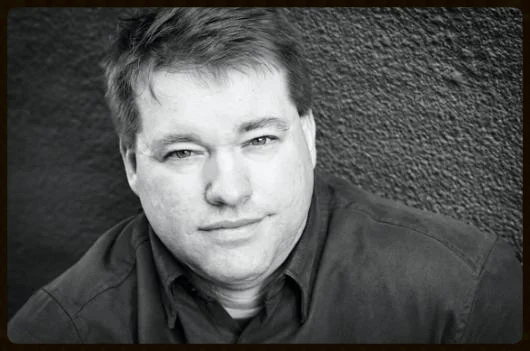I tend to think of there being two modes of writing: writing linear to the self (writing based off of the writer’s experiences or the writer’s imagination and thoughts; this is generally the more common mode of writing) or lateral to the self (writing done through interaction with another medium, most likely another text or texts). I like to do both, alternating.
The thesis manuscript for my MFA consisted of my early lateral writing done during my second and third year, some writing that is what I call “constraint-based erasures.” I would choose a book and invent a constraint in which I would use the book as source text (for example, treating each page as a word bank for a line in a poem). Lateral writing can be a meticulous process, but once there is a method already planned, it is primarily a matter of sitting down and doing the work. After I get in the proper mental state and rhythm with the source text, a couple poems can be produced with each dedicated, uninterrupted sitting.
Lateral writing can feel quite productive while being challenging in a way different from linear writing. While in linear writing the challenge is between the writer’s mind and the blank page, in lateral writing the challenge is between the writer’s mind and the source text, with the blank page waiting. This can feel like revising, but of course without a need to preserve the original meaning—indeed, with a desire to be as far as possible from the original meaning/intent, to see how the same sort of language can say something new.
I wrote “presence” and “ferrous” as I wrote a sequence of sixty-five prose poems in three weeks, often writing three or four poems a day—a productivity rate in linear writing that I had never experienced before (and have not yet experienced since), a productivity rate that anomalously rivals the rate I have experienced in lateral writing. This sequence was written just after I returned from studying abroad for five weeks in Ireland in summer 2013. I only wrote one or two poems while there, and while recently back in the U.S., I felt so liminal in my sense of location and “home” that I had to write as much as I could before the fall semester would commence (my final one, and I already had my thesis manuscript written, so I could dedicate myself to this work).
I will not get in to why I wrote the poems I wrote, of how much my time in Ireland was significant to me; my hope is the poems themselves can express that. That said, I can explain some of the poetics behind the work.
In these poems I wrote, I wanted to explore location in every sense of the word: not just geographic, but also temporal; not just of the self, but also the self relative to others; not just external, but also the internal, cognitive location (awareness and meta-awareness, living-in-moment and slipping into nostalgia or imagination).
My concern was also epistemic: what can the traveler manage to know? In what ways does not permanently living somewhere restrict knowledge or enable knowledge? Also, being an outsider in a postcolonial culture can feel odd, as one seeks to assert oneself as having an identity while simultaneously seeking to assert and learn the local presence’s identity/what makes them who they are.
At this point in my writing, I had written three brief sequences in prose poem form, and the prose poem felt like the appropriate form for this work. As I have said in a post on my blog:
I believe the prose poem can be an ideal form of expressing complexity: it exists as a “lump” of being, not spaced into digested piecemeal. While a sentence itself is a linear existence, other sentences function directly lateral to that sentence. I think the prose poem can express simultaneity, as there isn’t the overt sequential nature of linebreaks (granted, there still is sequence because sentences are in an order). The simplicity of the prose poem form also allows it to harbor/counter the odd/bewildering more easily. The form does put emphasis on content (and content as a unit).
My first efforts at writing prose poems actually were a hybrid of linear and lateral writing: I took selections from a physics textbook’s concept questions and broke them in to lines; then, I wrote a prose poem in surreal “response” (more like running wild with the concepts) to the questions. I am honored to say this work became my first chapbook, Life of Francis, published by Gambling the Aisle in December 2014.
During my third year of grad school, I made the site meansofpoetry.com, essentially a blog on my poetics and aesthetics. I began it especially with the hope of encouraging others to write both linearly to self and laterally to self—to be willing to shift and experiment, to not wear thin a singular mode or pattern. Let us not become weary when there are so many possibilities. Let us be curious in/when writing.


